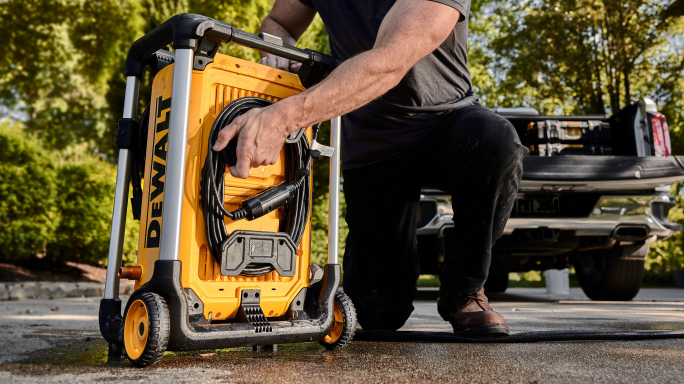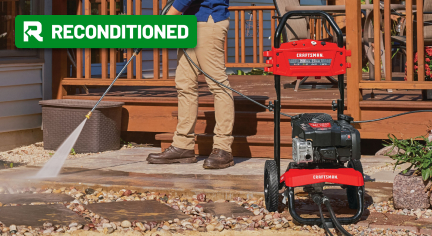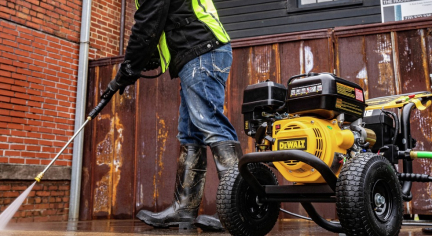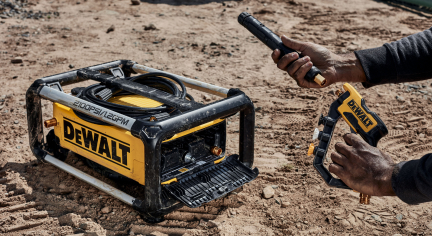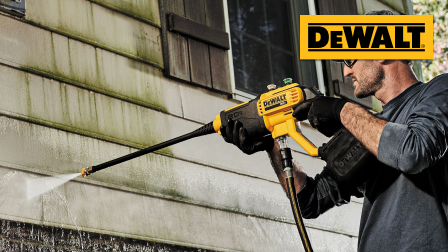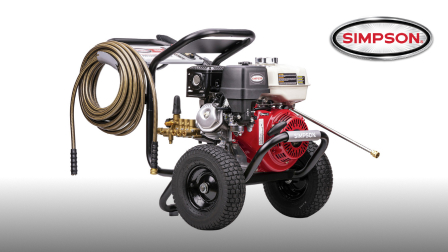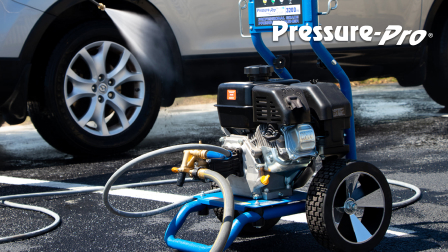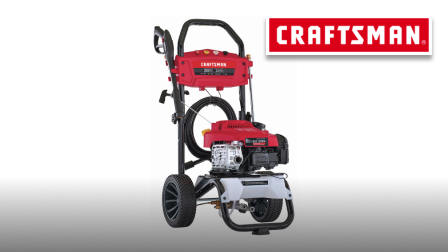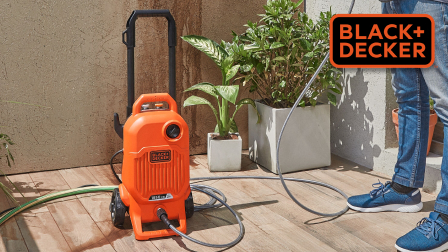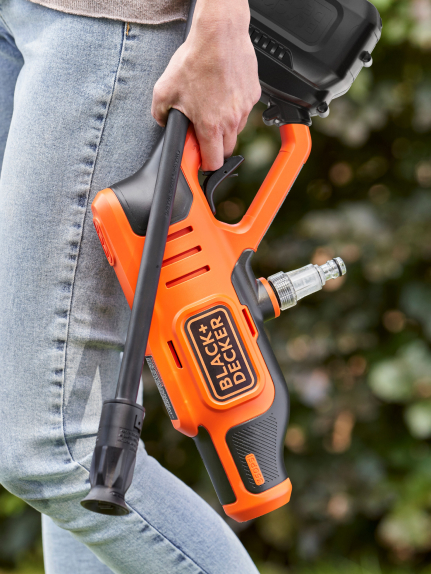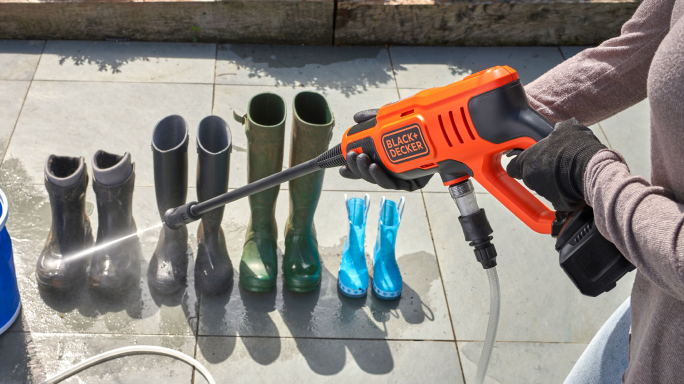Is there an easy way to DIY repair a pressure washer?
Yes, most common pressure washer issues like clogged nozzles or leaking hoses can be fixed at home with basic tools and replacement parts. However, while it’s great to try finding a DIY solution, it’s okay to seek help when needed. Always refer to the manufacturer’s manual for troubleshooting steps and ensure all repairs are conducted safely.
What pressure washer PSI level is best for home use?
For general home and DIY projects a pressure washer with a PSI between 1,500 and 2,500 is usually sufficient. This range is ideal for tasks like cleaning driveways, siding, patios, and vehicles without causing damage to surfaces. Tougher jobs can require a PSI closer to 3,000-4,000 depending on the tool brand and situation.
What PSI is needed to pressure wash concrete?
A pressure washer with a PSI of at least 3,000 is recommended to clean concrete surfaces. This level of power can remove old dirt, grime, and stains from concrete driveways, sidewalks, and patios.
Do electric pressure washers have the same PSI as gas?
Electric pressure washers typically provide lower PSI levels than gas, ranging from 1,500 to 2,000, which is suitable for most DIY and home projects. Gas pressure washers typically provide higher PSI which makes them more reliable for professional or heavy-duty cleaning jobs like stripping paint or cleaning large areas.
What are the most common DIY uses for pressure washers?
Pressure washers are great for a variety of DIY tasks like cleaning driveways and walkways, washing cars, removing mold and mildew from siding, and refreshing outdoor furniture. They provide an easy (and fun) way to tackle tough cleaning jobs around the home.
